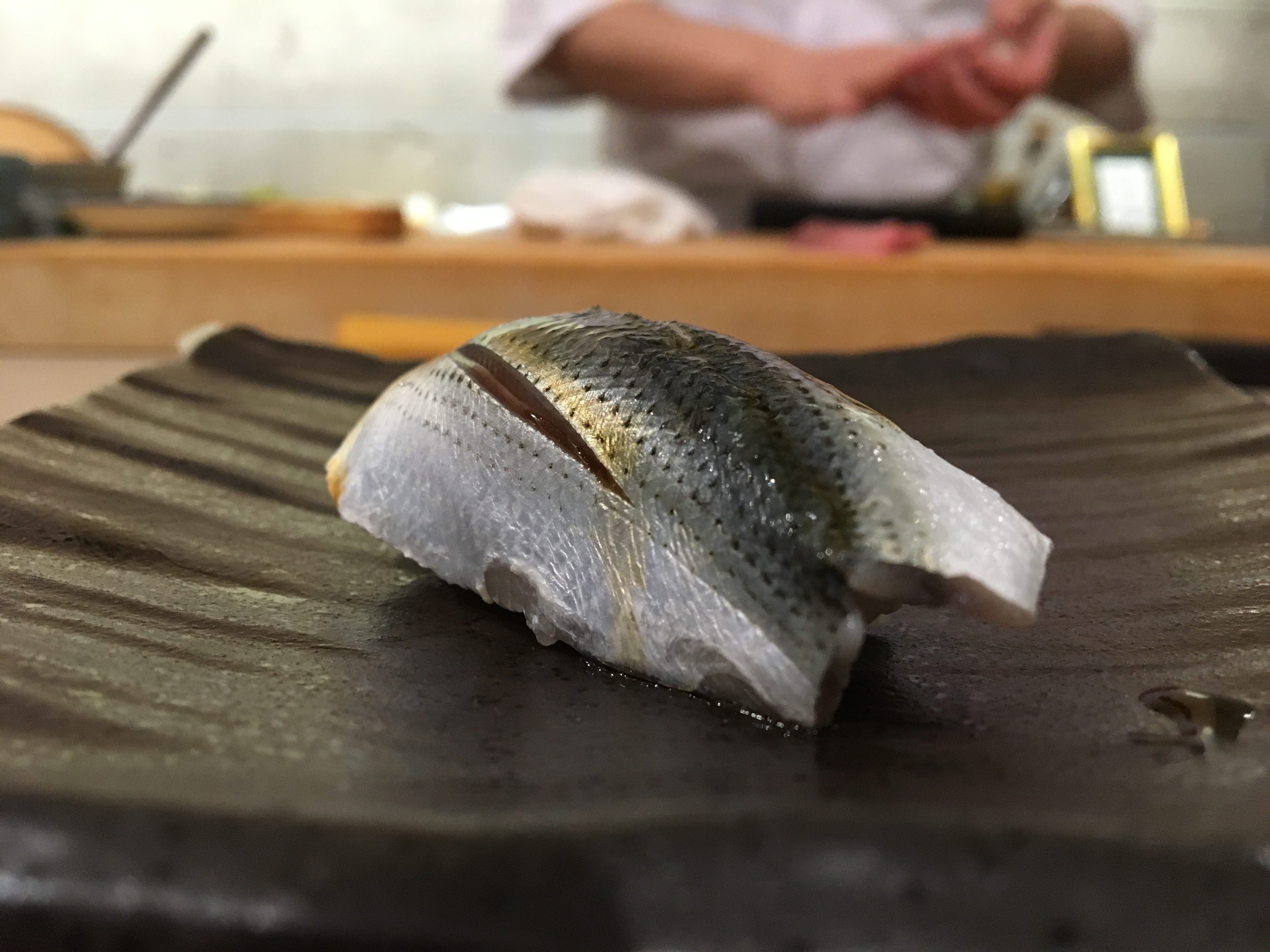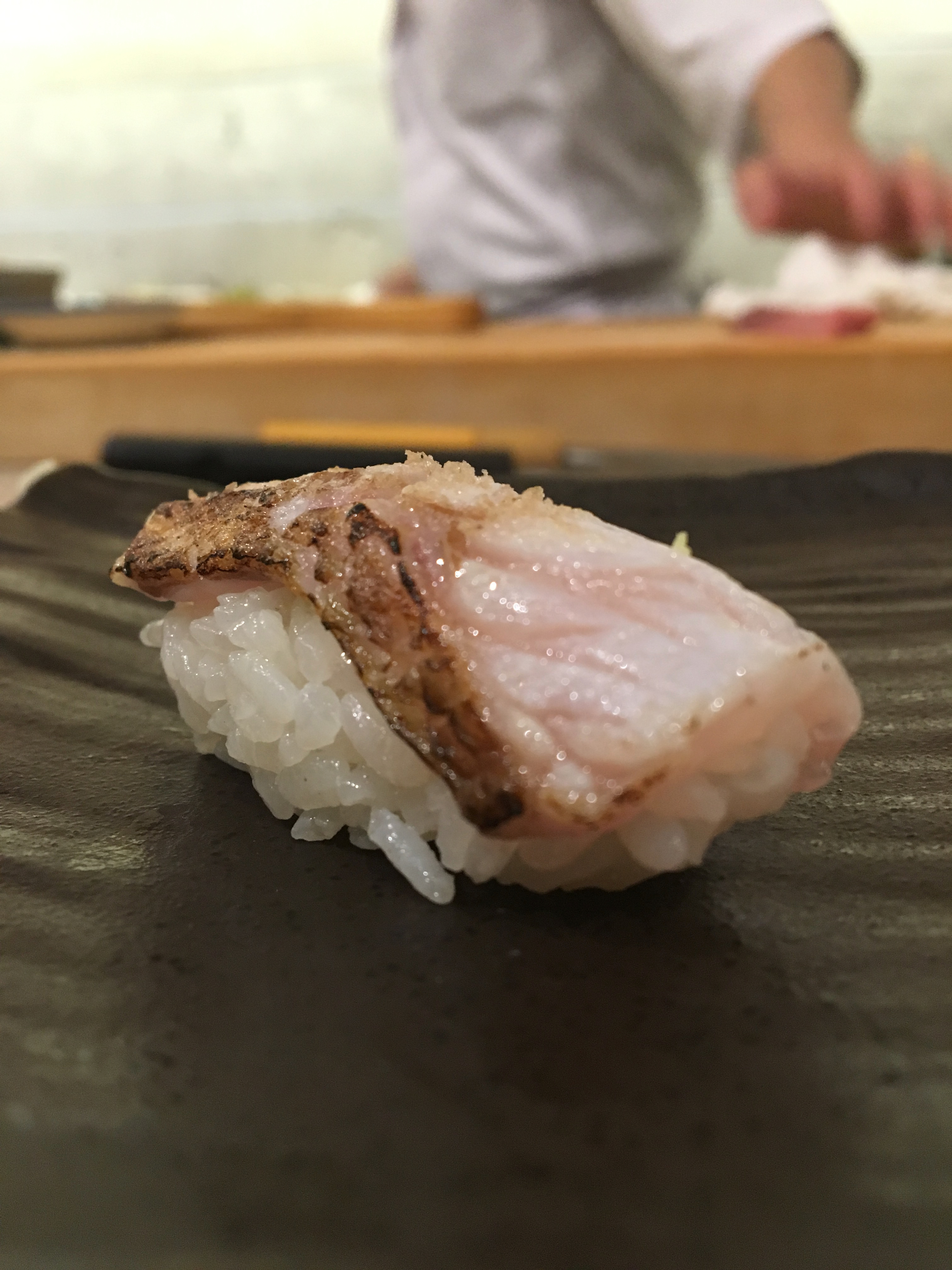I have spoken at length about Toronto’s sushi frontier. It’s not exactly rocket science, but it certainly bears repeating: take a metropolis of almost 5 million people, mix in one of the world’s most diverse populations, add the economic hub of a country on the rise, and immediately the market becomes ripe for high end restaurants. Unfortunately, beyond a few options (like Yasu or Sushi Kaji), I’ve found Toronto lacking for the type of high-quality, sushi-centric options that now dot other cities in North America. For that reason, just the very idea of Shoushin – the only Omakase-focused sushi restaurant in North Toronto – was a welcome one. And the results have matched my hypothesis: In just its first year of existence, Shoushin has already made a significant imprint on the Japanese food scene in Toronto and across Canada, highlighted by a sterling review in The Globe and Mail (that’s Canada’s national newspaper).
All of that is moot unless the restaurant actually delivers; fortunately, Shoushin does. The sushi is hand-delivered (see what I did there?) and prepared by the itamae, Chef Jackie Lin, in the Edomae style. If you’re not familiar with that term – though it’s becoming more well-known – it refers to preparing and treating the neta (aka fish or other toppings) methodically to elevate the flavours. Originally, when the term was coined in the 19th century in Tokyo, the purpose of treating the fish was to maintain freshness. In fact, Edomae loosely refers to Tokyo Bay, which is where the fish was primarily sourced from and eaten with a ball of rice. Many of the world’s best sushi restaurants serve sushi in that method, which is great because I’ve had enough cowboys serving me toppings of tomatoes and salad cream to last a lifetime.
Shoushin offers four distinct Omakase options, a trend which I’ve noticed far more frequently among sushi restaurants. Having four options benefits appeals to a more diverse group of customers, while still retaining the traditional Omakase spirit of trusting the chef with the details. My choice was the Sakura, which won’t (and shouldn’t) mean anything to you; just note that if you want the good stuff, you’ll want to choose the Sakura or Kiku options. “Mr. Sushi Legend, what do you mean by the good stuff?” Well…random stranger… the good stuff is Chef Lin’s premium nigiri zushi, featuring strictly wild fish, sourced mostly from Tokyo.
Kama Toro (pictured above), the supremely fatty part of the tuna’s collar, was sublimely cut and prepared and a personal highlight. I was also impressed with the knife skills of the chef; look at the different cuts of the fish below – and how they vary – from the lengthy Buri (adult wild yellowtail) to the rounded Chu Toro (medium fatty tuna). Other highlights included a soft Anago (saltwater eel) and tender Tako (Octopus).
A somewhat random aside: I’d be remiss if I didn’t mention the sashimi appetizer (pictured below), featuring Tako, Amaebi (sweet shrimp), katsuo (bonito) and hotate. Shoushin doesn’t skimp on the portion size, but still treats the fish prior to serving; the result is one of the best dishes of the night.
One of my favourite aspects of my visit to Shoushin was the space itself. The sushi bar is beautiful, crafted from light Hinoki wood, and untreated with varnish. Part of it is seated with chairs, but for the more adventurous and traditional of you, there is a portion where patrons remove their shoes. Adjacent is a no-shoes table area (for those of you with families) – I haven’t experienced it myself, but judging by how hard it is to make reservations, I’d imagine the sushi at the tables is as good as at the bar.
As for service, Shoushin delivers in both quantity and quality. Though there are a number of staff working, there are clear roles: you won’t see the same person pouring you water as serving your food. And I couldn’t picture a more polite and knowledgeable group; clearly, the training methods have been successful.















